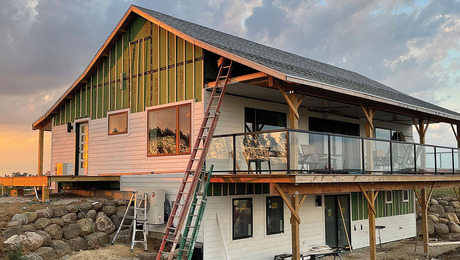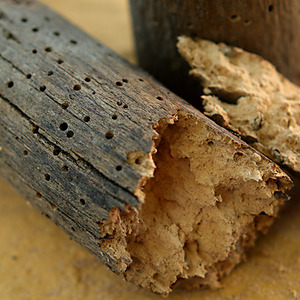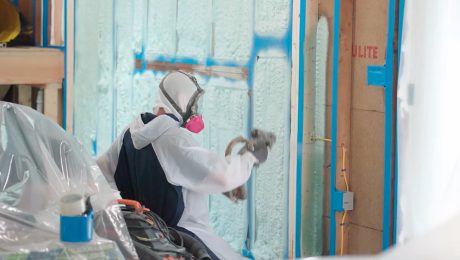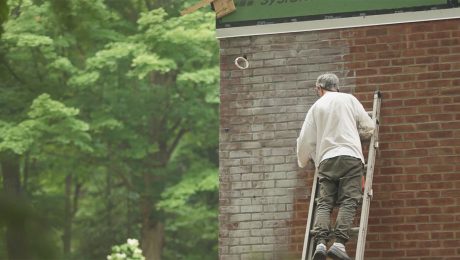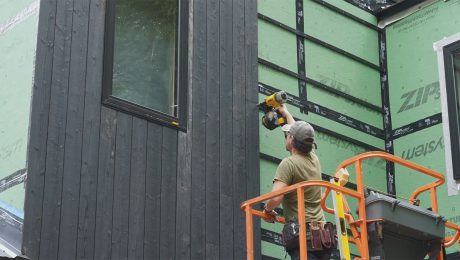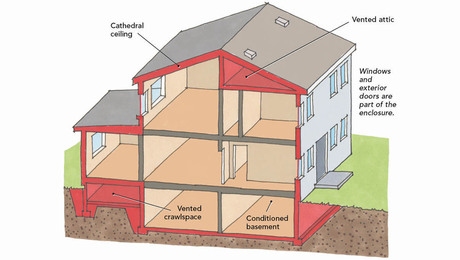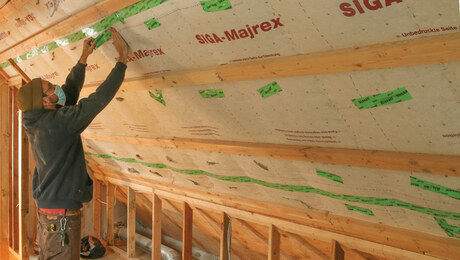Q:
A chance remark by a designer/builder caught my attention a while back. He said he wasn’t going to use rigid-foam insulation any more because Freon leaks out of it and causes havoc in the ozone layer.
W. R. Steur, Reno, NV
A:
Alex Wilson, editor of Environmental Building News in Brattleboro, Vermont, replies: There is strong consensus within the scientific community that chlorofluorocarbons (CFCs), such as Freon R, deplete ozone in the Earth’s stratosphere. Until recently, most common rigid-foam insulation materials (all but expanded polystyrene, or EPS) were produced using CFCs. Extruded polystyrene, or XPS (such as Dow’s Styrofoam R, UC Industries’ FoamulaR and Amoco Chemical’s Amofoam R), was produced with CFC-12, the same chemical used as the refrigerant in air conditioners and refrigerators. But since 1990 most XPS manufacturers have been using a hydrochlorofluorocarbon, HCFC-142b. Because HCFCs break down faster in the Earth’s atmosphere, they’re much less damaging to the stratospheric ozone than CFCs.
All urethane-type insulation materials, such as polyisocyanurate (iso), spray polyurethane and phenolic foam, were produced with CFC-11 until recently. By mid-1993, most of the iso industry had switched to HCFC-141b, and most of the spray polyurethane manufacturers, including producers of foam sealant, are switching to the same chemical. Phenolic foams are no longer produced in the United States, though they are in Canada, where two manufacturers are also switching to safer foaming agents.
The switch from CFCs to HCFCs is good news for the environment: HCFCs cause only 5% to 11% as much ozone destruction. The downside is they lower the R-values of rigid insulation. Iso foam produced with HCFC-141b provides R-values that are 6% to 11% lower than foams made with CFCs. XPS made with HCFC-142b also has lower R-values but still meets the R-5 per in. specification of its CFC predecessors.
But even HCFCs will be phased out in compliance with international treaty and U. S. Environmental Protection Agency policies. By 2003, iso foam manufacturers must switch to a foaming agent that does not deplete ozone, and the XPS industry must replace its foaming agent by 2010. These phase-out dates could be moved up. Already, cans of foam sealant are available with hydrocarbon foaming agents, such as butane, which doesn’t deplete ozone, although it’s flammable. And at least one spray polyurethane contractor— Foam Tech, Inc., of North Thetford, Vermont—uses foam made with a hydrofluorocarbon (HFC) foaming agent that does not deplete ozone because it’s chlorine-free.
If you can’t find products and contractors that use ozone-friendly foaming agents, you can use EPS or rigid fiberglass where insulation board is required, or you can switch to construction details that use only fibrous insulation materials (fiberglass, mineral wool, cellulose). If you use only fiber insulation materials, be sure not to sacrifice energy efficiency, which also has a major environmental impact. Build walls deep enough to provide high R-values.
